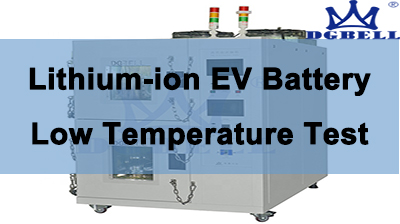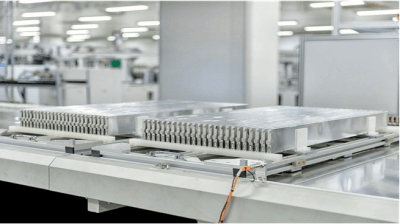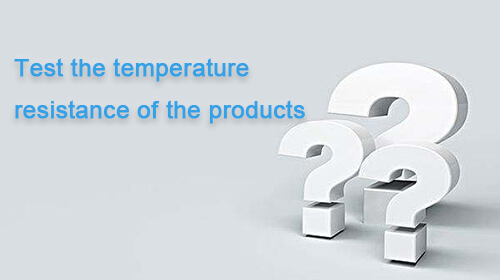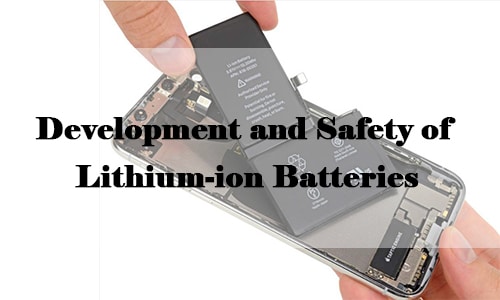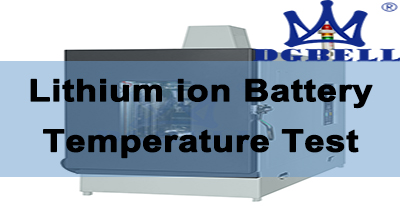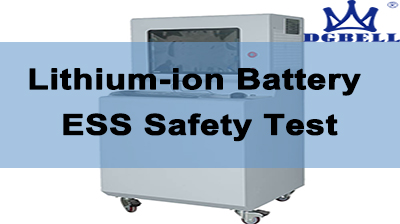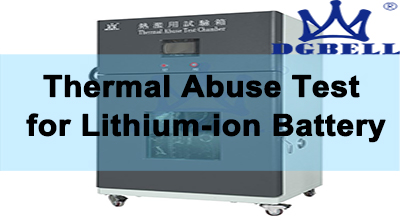Bài viết mới
Thử nghiệm nhiệt độ pin Lithium ion
Về An toàn của Pin Lithium EV — Sự thoát nhiệt
Categories
- Tin Tức 1
- Tin Tức Công Nghệ 234
- Tin Tức Công Ty 13
- Triển Lãm 10
Nội dung chính
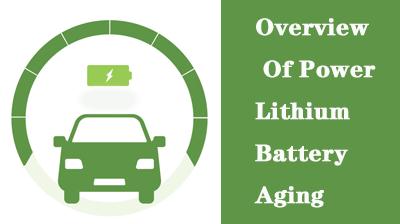
The cycle life of lithium batteries has always been one of the most important parameters for electric vehicle buyers. How does a lithium battery get old?
Aging always appears together with failure, but to be precise, aging and failure are two concepts. Aging, which refers to the deterioration of power battery performance parameters over time, is a quantitative process, and the parameters mainly refer to the maximum available capacity, internal resistance, and power of the battery. Failure, is the process of the battery completely lost the ability to work, relatively short in time, is a qualitative change. The accumulation of aging is an important cause of failure.
Factors affecting aging
The best working temperature of the power battery is 15℃-35℃, but in daily applications, it is impossible to fully meet the needs of the battery, therefore, the most common scenario affecting battery aging is high temperature, low temperature.
In addition to the environment, the battery operating parameters will also play a role in accelerating or decelerating the aging, so the choice of cell charging and discharging parameters has a significant impact.
Under the action of the external factors listed above, battery electrode materials and other side reactions other than normal charging and discharging occur during the electrochemical reaction, leading to the occurrence of aging.
Typical aging process
The specific details of the aging process are closely related to the choice of positive and negative electrode materials, electrolytes, and diaphragm, so this article will explain the aging process in Ontario and will not explain in detail specific materials for the time being.
50℃ to 60℃ is the upper limit of the working temperature range that general lithium batteries can allow. When the electrochemical reaction is carried out at a higher temperature, the electrolyte is more active and prone to decomposition reaction, and the decomposition products are combined with the cathode material, which is the consumption of the cathode material; the cathode structure material is corroded, the lattice structure collapses due to the lack of sufficient material support, the empty space for lithium ions is reduced, and the ability of the cathode to accommodate lithium ions decreases, making the battery capacity suffer loss.
At the same time, the products reflected by the cathode material, wandering in the electrolyte, may adhere to the surface of the positive and negative electrodes. The electrode surface is covered by substances that cannot participate in the charging and discharging process, which hinders the smooth occurrence of electrochemical processes and increases the internal resistance of the cell.
The effect of high temperature process on aging occurs mainly at the positive electrode, and the effect on the negative electrode accounts for a relatively small percentage.
When the ambient temperature reaches below 0℃, the performance of Li-ion battery starts to be significantly affected by low temperature.SIE film, a passivation film generated by the reaction between negative electrode material and electrolyte in the process of core formation, has a protective effect on negative electrode material.
The thickening of the SEI film makes it more difficult for lithium ions to cross the film layer and reach the cathode, which increases the internal resistance of the cell when combined with the reduced concentration of conductive lithium ions.
When charging at low temperature, especially when the charging current is relatively high, another side reaction occurs at the negative electrode – lithium monomer precipitation. At low temperatures, the lithium ion activity decreases and barely charges, causing excess lithium ions to gather around the negative electrode and not be able to cross the SEI film to reach the negative electrode embedding, and then deposit on the negative electrode surface, forming a pure lithium layer. This process tends to occur during charging at too low a temperature and is irreversible. With the accumulation of use cycles, lithium monoliths also continue to accumulate and dendrites continue to grow, making the risk of puncturing the diaphragm cumulative.
Lithium batteries work at low temperatures, the aging problem occurs mainly in the negative electrode, the positive side reaction also exists, but the impact is not significant.
- High-current charging and discharging
Discharge at a current exceeding the design discharge capacity, on the one hand, the thermal effect of the current, bringing the battery’s own temperature rise, the side effects of high-temperature aging gradually intensified; on the other hand, high current brings an excess of lithium ions to need to be embedded in the cathode material, causing an impact on the stability of the material.
High-current discharge, the same problem of heat generation and cathode material de-embedding stability problems. At the same time, too many lithium ions are transported to the negative electrode, exceeding the capacity of the negative electrode, making the deposition of lithium monomers occur. Not only will lose capacity, but the risk of thermal runaway of long-term use also rises, the harm is more serious.
- Over-voltage under-voltage charging and discharging
Over-voltage charging and under-voltage discharging will bring about the phase change of the cathode material, which will reduce the empty space to accommodate lithium ions and affect the maximum available capacity of the cell.
- Self-discharge
Self-discharge of the battery cell occurs anytime and anywhere, and the self-discharge process is more significant when the temperature is higher and the charge level is higher. The self-discharge process brings about a joint loss of the reversible and irreversible capacity of the battery. The products of self-discharge, attached to the electrode surface, block the lithium-ion channels and reduce the lithium-ion embedding position, which in turn brings permanent capacity loss of the cell.
Aging of the module
Li-ion battery is connected in series and parallel to form a module, and the aging of the module is directly affected by the aging of the single cell. In addition, the aging of the cores brings about the deterioration of the consistency between the cores, which makes the aging of the modules amplify on the basis of the aging of the cores.
In addition to the influence of core aging, the module will also be affected by vibration and oxidation, and corrosion of conductive parts, which will deepen the aging degree. Between the module internal core and the copper bar, and between the copper bar and the module terminals are kept in close contact by soldering or screw connection to ensure that the resistance is within a reasonable range. The increase of connection resistance brought by vibration and oxidation makes the distribution situation of resistance inside the module change. These changes may affect the detection results of the cell voltage, which in turn affects the charging/discharging and equalization process of the cell.
The harsh environment and overloaded working parameters make the aging process more significant and easier to observe by researchers. In fact, the aging process has been going on silently. There are two lifetimes for the cells, the calendar lifetime and the cycle lifetime. From the name of calendar life, we can feel the sleeplessness of aging. Therefore, the research on the factors influencing the aging of electric cores is only trying to reduce the accelerated aging brought by irregular operations.

